
“If I go on a vacation I want to eat tasty food!”
Yes, I think that’s a wish shared by pretty much everyone. It can be very disappointing to travel somewhere without getting the chance to taste some of the local specialties.
This is especially true when traveling to Hokkaido, which is nothing short of a gourmet’s treasure trove. Not only are the ingredients produced here topnotch, they also form the basis for many unique local dishes.
With that in mind, I will feature here, as a traveling reporter, my favorite 15 Hokkaido delicacies, which I hope you will get to try too!
I have selected only dishes which I wholeheartedly recommend as delicacies that you should try at least once, so you might want to hold on to this article for future reference!
Contents
- 1 Hokkaido delicacies by season
- 2 Hokkaido’s griddle cuisine
- 2.1 Curry soup
- 2.2 Jingisukan
- 3 Hokkaido delicacies by region
- 4 Miscellaneous Hokkaido delicacies
- 4.1 Tokibi sweet corn
- 4.2 Hanasaki crab
- 4.3 Rishiri kombu
- 4.4 Sapporo daikyu cabbage
- 5 Conclusion
Hokkaido delicacies by season
Try this in spring: raw sea urchin of Rausu
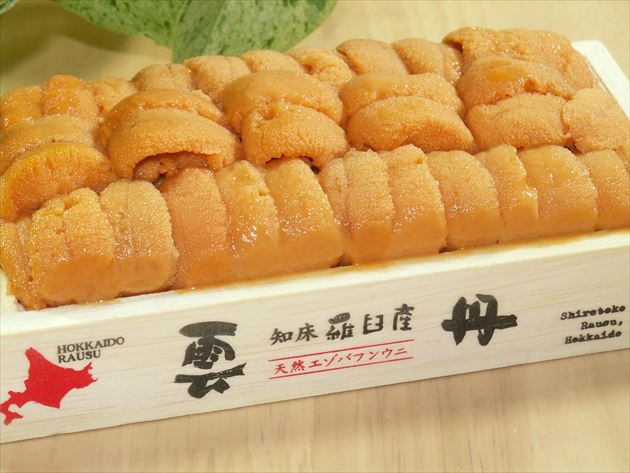
In Japan raw sea urchin can generally be enjoyed year-round, but the raw sea urchin of Rausu is the most delicious between the end of January and mid-June. The urchins here are deservedly hailed as being of the finest quality; a product of getting tossed about by the raging waves of an extremely cold sea, while feeding on sumptuous Rausu kelp, another local specialty.
Because only tiny quantities can be caught each year, they are a very rare delicacy. They aren’t transported, so to experience their topnotch taste you need to make your way to Rausu at the right time of the year.
Try this in summer: melon of Yubari

Yubari melon is a famous variety of melon produced in the Yubari region. The full name of this cultivar is Yubari King Melon, which actually is a hybrid between a “masked melon” variety of cantaloupe and a “netted melon” cantaloupe cultivar called Earl’s Favourite.
This melon, with its glossy deep orange flesh, is so juicy that its juice trickles out the instant you cut it. It’s amazingly sweet for a fruit, and nothing beats the sumptuous melting sensation it gives the mouth lucky enough to taste it.
Try this in autumn: shishamo of Mukawa

Shishamo is the Japanese name for a species of smelt, a small saltwater fish. Shishamo is a common sight in Japanese supermarkets—but those aren’t real shishamo.
Actual shishamo is a precious species of fish that can only be caught off the coast of Mukawa town in Hokkaido. Also, the season in which this fish can be enjoyed is very short: September to November.
Due to its small size and nimbleness, Shishamo is a fish normally grilled whole; but in Mukawa there are establishments where you can even eat it as sushi, sashimi or carpaccio! This is with out a doubt a culinary skill only mastered in the town were these fish are caught! Certainly a gem that makes going all the way to Mukawa worthwhile.
Try this in winter: oysters of Lake Saroma

Oysters are nicknamed the milk of the sea in Japan. Among the many famous oyster producing areas in Japan, the northernmost one is Lake Saroma, where the conditions for growing rich oysters are excellent.
Sea water here is rich in plankton, and fresh water from mountains and wetlands full of nutrients. These flows meet at this brackish lake to create the perfect mix. Furthermore, the low water temperatures and sheltered environment ensure slow and gentle growth, which is why these oysters are all the more delicious.
The best season to try them is from December through February. By the way, the scallops of the region are famous too!
Hokkaido’s griddle cuisine
Curry soup

Curry soups go beyond what you would expect from a Japanese curry. No, actually I think these should be classified in a completely different category than the Japanese curry usually eaten.
They are characterized by their unique mixes of dozens of spices and by the use of lots of Hokkaido-grown vegetables. The chemistry between the soup and the sweetish crispiness of the fried vegetables is superb.
Jingisukan

Jingisukan —indeed: “Genghis Khan”— is a dish very popular in Hokkaido consisting of lamb and vegetables grilled on a griddle.
The shape of the griddle depends on the restaurant—often they have the convex shape of a “Mongolian soldier’s helmet”—but in any case, the interplay of the lamb’s meat juices with the vegetables is what gives this dish its characteristic flavor. Jingisukan goes great with rice and beer, and is an essential component of the Hokkaido culinary experience!
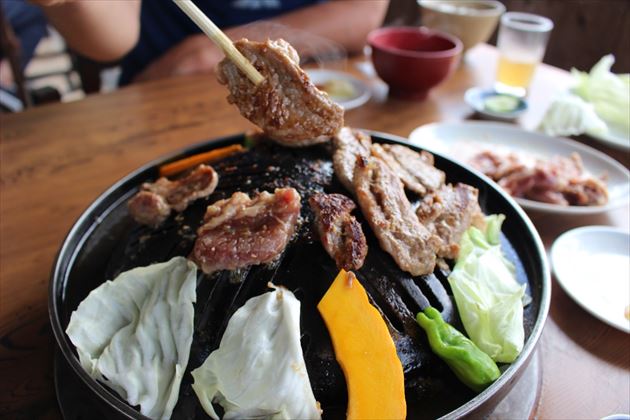
By the way, the lamb is said to have dietary benefits too. One shopkeeper even told me the more jingisukan she ate, the more weight she lost. The reason for this is the large quantity of carnitine the meat contains.
Carnitine is known to have a fat burning effect, and apparently consuming it spurs this process on. That said, don’t quote me on that—this isn’t supposed to be the kind of article that gives reckless dietary promises like “Everyone, try this! Instant weight loss guaranteed!”.
Hokkaido delicacies by region
Wakkanai: tako-shabu sliced octopus

More Giant Pacific octopus are caught in Wakkanai than anywhere else in Japan. Octopus can be transformed into many different dishes, but here in Wakkanai the specialty dish is tako-shabu (where shabu stems from the more commonly known meat-based variant shabu-shabu).
After giving the thinly sliced octopus a swift dip into a vegetable-soaked broth, you’ll find your mouth engulfed by the octopus’ natural sweetness.
There is also a variety of pickled sauces to try, all of which transform the dish into remarkable new flavors. Additionally, octopus is said to have a multitude of beneficial effects on its consumer such as a lowering of cholesterol, a blood cleansing mechanism, and improvements to liver functions.
Nemuro: escalope

“Escalope”? While this words exists in French cuisine, any connection to Nemuro’s local culinary specialty seems to have been lost in translation eons ago.
Here an escalope usually consists of a generous portion of tonkatsu (pork cutlet) resting on butter rice mixed with finely chopped-up bamboo shoots, covered with a large quantity of delicious demi-glace sauce.
The richness of the demi-glace sauce is a perfect match for the gentleness of the butter rice in this Nemuro signature dish.
Try it once, and I think you will agree with me that it’s taste is something you will never forget.
Obihiro: Tokachi butadon
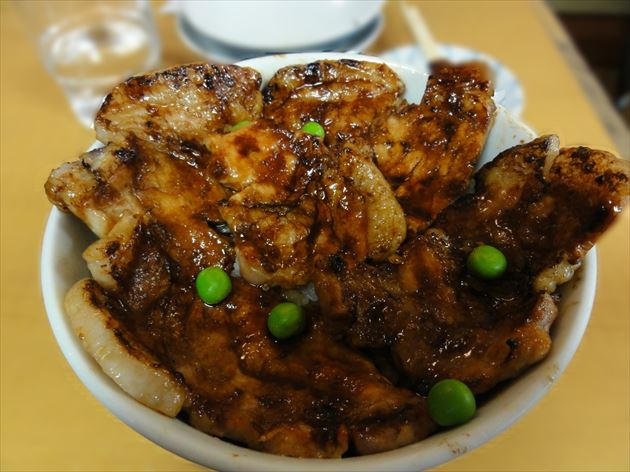
This region’s butadon (pork rice bowl) has in recent years become popular as the “butadon of Tokachi”, but actually all the well-known establishments serving it are located in Obihiro.
Raised amid the Tokachi region’s clean air and water, this charcoal roasted pork is arranged with ginger and sweet sauce atop a bowl of rice.
Some places use black pepper instead of ginger, but either way I think you’ll be hard pressed to find a better topping for a Japanese bowl of rice than this Obihiro delicacy.
Anywhere in Hokkaido: imomochi

An imomochi is a potato rice cake, and a beloved staple of rural Hokkaido cuisine.
Making them is straightforward enough to try yourself at home. Potatoes are mashed until smooth, mixed with potato starch, baked, and then covered with sweet-and-salty sauce—done!
Imomochi have the sticky sense of touch of mochi rice cakes, and a quaintly nostalgic taste too. It is a simple food, but I think it’s exactly this simplicity that gives it such an irresistible taste.
Kushiro: zangi

Zangi is the local name for what the rest of Japan calls karaage; deep-fried food, most often deep-fried chicken.
Zangi is said to have originated at Torimatsu in Kushiro, and involves deep-frying the main ingredient after pickling it together with soy sauce, garlic and ginger; in other words, the same method as that of karaage.
There are slight difference between the two too though: zangi uses more garlic, and unlike karaage is pickled for over half a day; resulting in a stronger taste. There are also places where it’s eaten with sauce.
Additionally, pork zangi, octopus zangi and other seafood zangi are all very tasty too. So how do all these actually compare to each other? Well, I hope you’ll get to check out the differences with your own tongue!
Hakodate: ikameshi

Hakodate is a very popular tourist destination due to its historic city scape and abundance of excellent seafood. In particular, the sight of squid fishing boats shining squid-attracting bright lights on the dark nighttime sea is a famous tradition associated with the start of summer.
This transparent squid tastes great of course as sashimi, salted, or prepared in any other way; but the dish I relish above all others is ikameshi. While the squid is boiled, its juices penetrate the core of rice stuffed inside of it, giving the rice drenched in savory squid umami a flavor I can never get enough of.
When eaten at an izakaya —as the gastronomical pubs that you see everywhere in Japan are called— this dish often comes with a topping such as scallion, adding yet another level of tastiness.
Miscellaneous Hokkaido delicacies
Tokibi sweet corn

Sweet corn is normally called tomorokoshi in Japan,
but in Hokkaido it’s called tokibi. Hokkaido sweet corn is known for its superb sweet and fresh taste, and is used to enhance a large variety of sweets making recipes such as that of fried persimmon.
The season for Hokkaido sweet corn is from July to September, and during that season it is sold boiled and ready-to-eat all over the place—and some stalls sell them dipped in soy sauce.
You can often eat them on-the-go; so even if you’re not a fan of corn in general, this is a good opportunity to give on of these a try. You might surprised how crisp and sweet they taste!
When I went to Sapporo’s Odori Park they were so good I ended up buying them twice.
Hanasaki crab
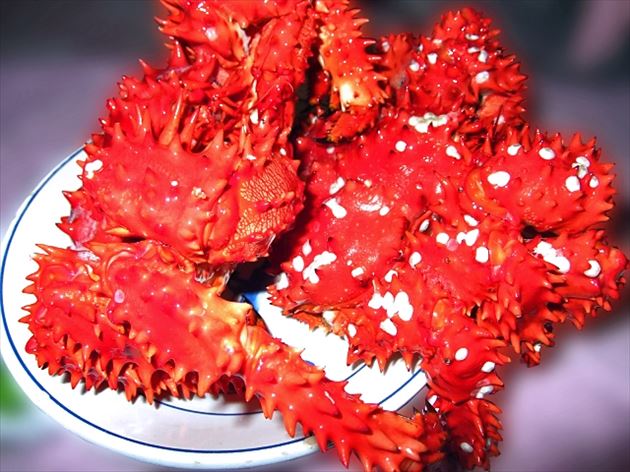
Hokkaido is famous for crab, including kegani (horsehair crab), tarabagani (red king crab), and zuwaigani (snow crab), but the crab I want to recommend is Hanasakigani—Hanasaki crab.
Its shell is extremely hard, making it difficult to get the scissors in; but the culinary gem waiting inside will more than make up for your troubles. Don’t try to bite down on any of its exterior like you might do in the case of horsehair crab— you will shatter your teeth.
In any case, its taste is fantastic; even all the way down its slender legs. If you like crab there is no resisting this delicacy among delicacies.
However, if you prefer a crab with more volume, and a more dynamic scales of tastes if you will, tarabagani (red king crab) might still your appetite better.
Rishiri kombu

Rishiri kombu (dried kelp) is a food item that I definitely wanted to include. Of all the kombu producing areas around Japan, Rishiri’s kombu is in a league of its own as far as taste is concerned. Sweet and rich, it creates a very clear dashi (soup stock), making it also an ideal ingredient in simmered tofu and soups.
Actually, natural Rishiri kombu gets almost completely bought up by Kyoto ryotei restaurants, so it’s more or less impossible to find on the market. The “made in Rishiri” kombu you might find in Japanese supermarkets isn’t natural kombu, but a product of cultivated aquaculture (according to what a Rishiri fisherman told me, at least).
Even someone who has never experienced the rich Rishiri kombu before can tell the difference with other kombu with a single sip—surely you would like to have a try too?
Sapporo daikyu cabbage
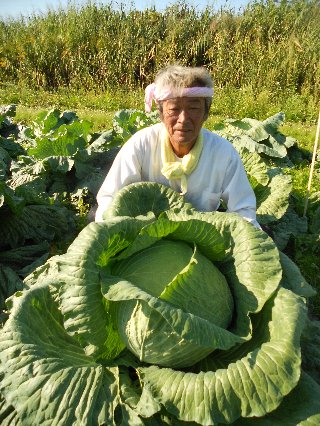
As seen in the photo above, cabbages nicknamed Sapporo daikyu (literally: Sapporo’s big balls) with sizes exceeding all common sense have attained something of a legendary status in Sapporo. These monster cabbages aren’t just flukes. They are consistently cultivated to reach these sizes!
Normal everyday cabbages weigh about 1 Kg, but the big balls are are about 10 to 20 times as heavy.
Sweet with soft leaves, they go well in various dishes. There are places that serve them as part of yakisoba (fried noodles) too. Some other popular recipes they are ingredients of are cabbage rolls and pickled herring salads.
Surprisingly, even though these cabbages are huge, they have the same number of leaves as ordinary cabbages. If you ever encounter these big balls, I highly recommend buying (or eating) them.
Conclusion
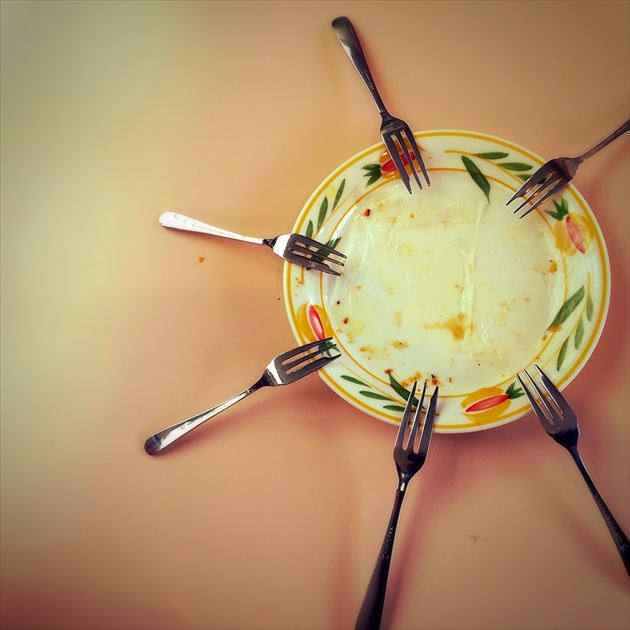
Eating tasty food is one the best ways of relieving stress humans have.
And if we can do so as part of a journey, it can bring pure bliss to our lives. When you’re in Hokkaido, I hope you’ll eat to your heart’s content while enjoying the liberating feeling of travel, and experience the full palate of tastes this island has to offer.


















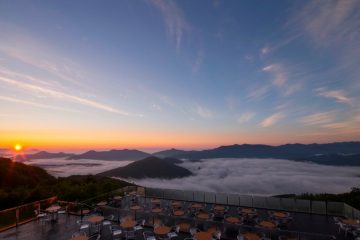







Please comment